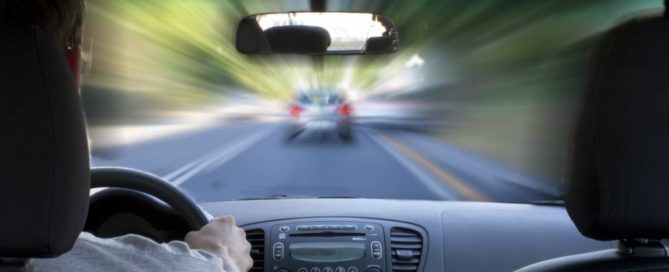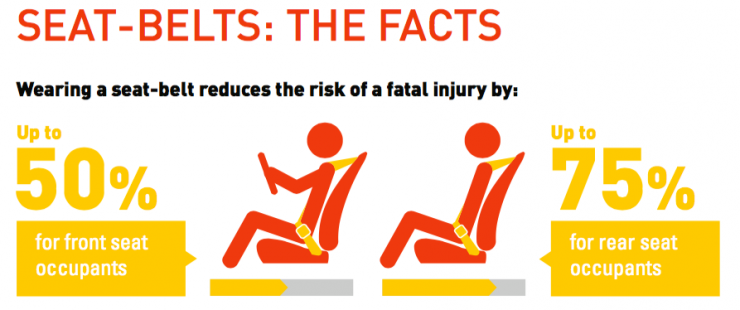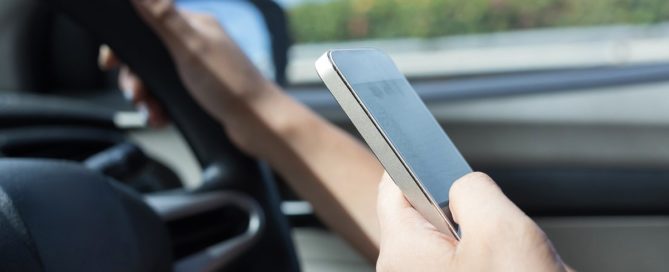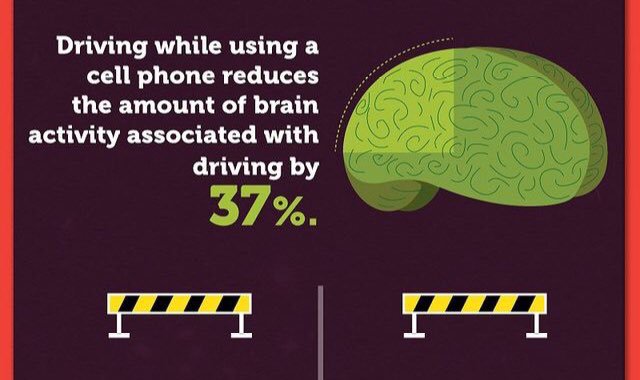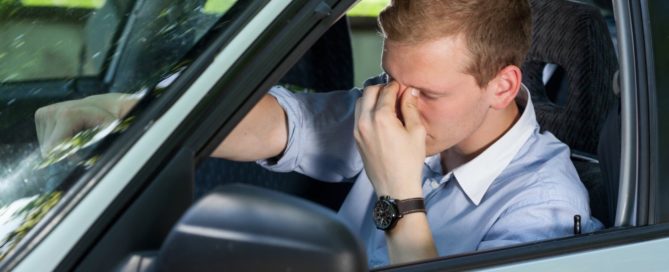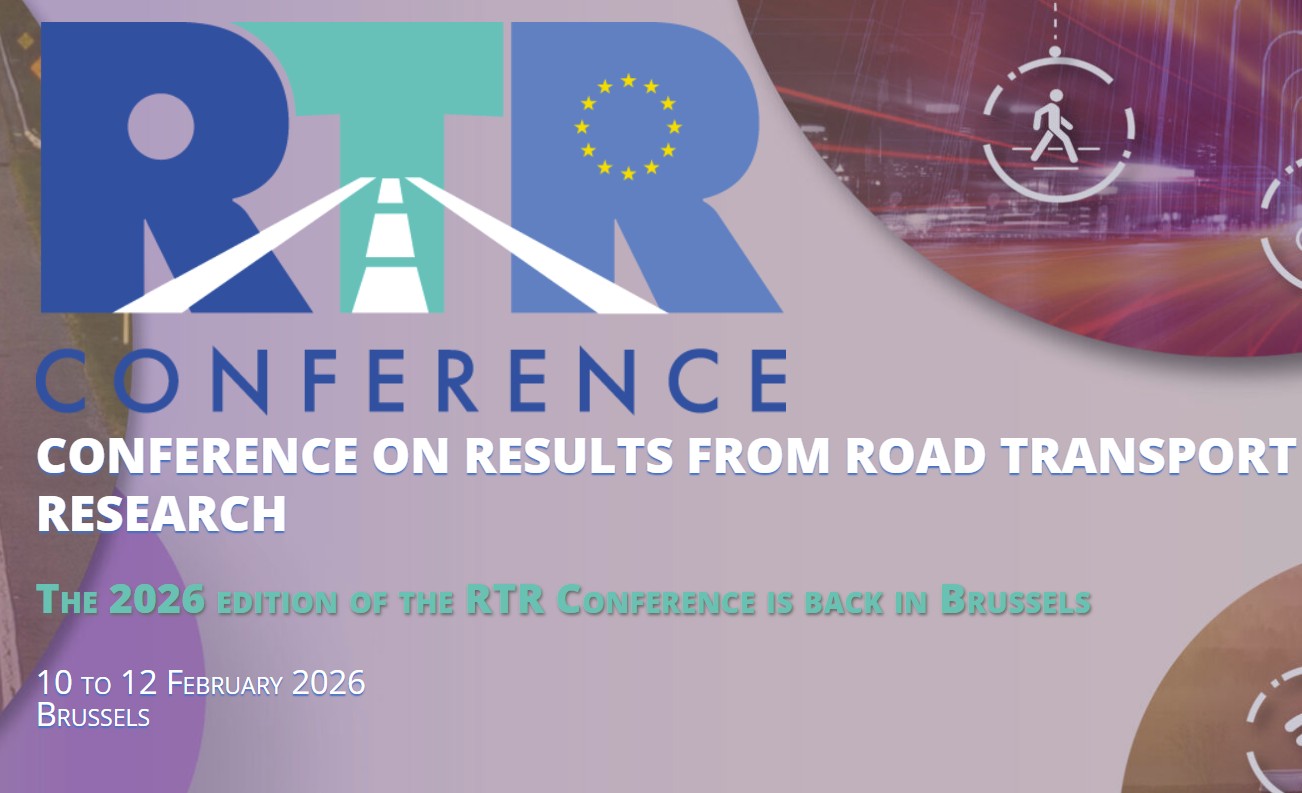Speeding kills
Speeding is considered as the most important road crash factor. It is a key factor in around 30% of fatal road crashes. Some 40-50% of drivers drive faster than the recommended speed limit and 10-20% exceed the limit by more than 10kph. Not only does speeding make you more likely to crash, it also increases the likelihood of severe injuries or death from a crash (European Commission, 2019). Speeding encompasses: Excessive speed (driving above the speed limit) and Inappropriate speed (driving too fast for the conditions, but within the limits). The main effects of speeding are:
- Excessive or inappropriate speed contributes to about one third of all fatal crashes
- The level of exhaust emissions, fuel consumption and noise increase with speed
- Speed effects the quality of life of urban residents, especially the safe mobility of VRU

